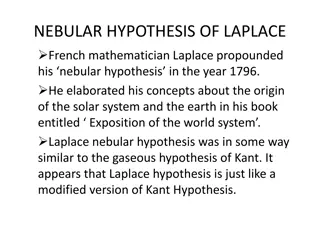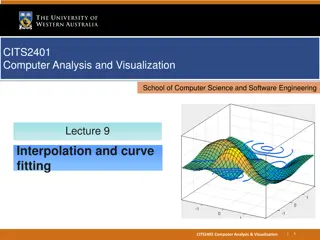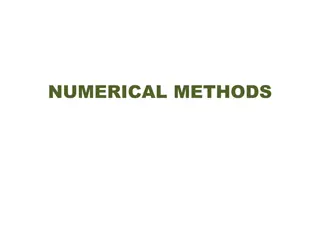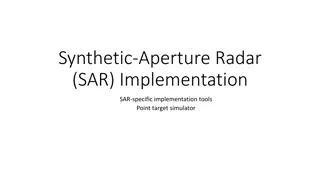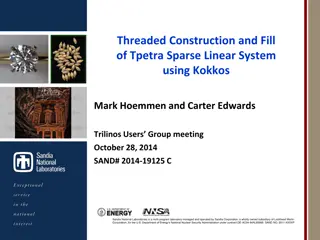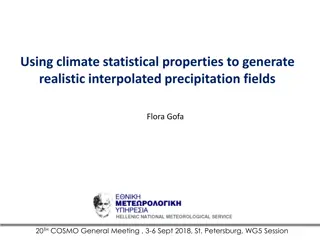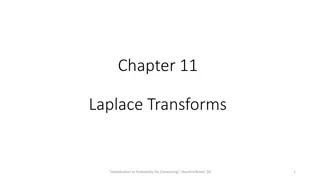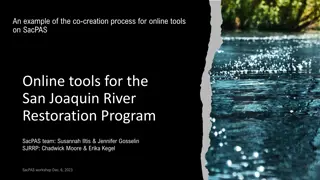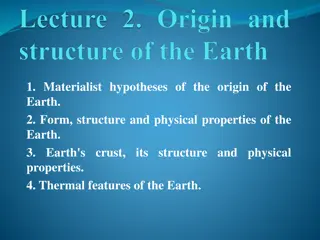Understanding Laplace Interpolation for Sparse Data Restoration
Laplace Interpolation is a method used in CSE 5400 by Joy Moore for interpolating sparse data points. It involves concepts such as the mean value property, handling boundary conditions, and using the A-times method. The process replaces missing data points with a designated value and approximates interpolated values based on surrounding points. It is particularly useful for restoring images with missing pixels where up to 90% of data points are removed. References to Numerical Recipes by Press and Vetterling provide additional insights into Laplace Interpolation techniques.
Download Presentation

Please find below an Image/Link to download the presentation.
The content on the website is provided AS IS for your information and personal use only. It may not be sold, licensed, or shared on other websites without obtaining consent from the author. Download presentation by click this link. If you encounter any issues during the download, it is possible that the publisher has removed the file from their server.
E N D
Presentation Transcript
Laplace Interpolation CSE 5400 Joy Moore
boundary conditions Not all grid points have 4 points surrounding them The edges of the grid have different equations
procedure Replace grid points with missing data with 1.e99 Example: matrix with 5 tabulated data points and 4 missing ones: In the constructor, the boolean vector mask stores 1 where there is a data point and 0 where there is a missing value.
atimes method If mask[k] is 1, the interpolated function value is just the given function value at the tabulated points If mask[k] is 0, the atimes method calls equations 3.8.4 and 3.8.6 to approximate the tabulated values.
uses Laplace interpolation is useful for sparse systems, where most of the data points are missing. For example, 90% of an image s pixels can be removed, and Laplace interpolation does a fairly good job of restoring the image.
references Press, William H., and William T. Vetterling. Numerical Recipes. Cambridge Univ. Press, 2007. http://numerical.recipes/CS395T/lectures2010/2010_19_ LaplaceInterpolation.pdf



